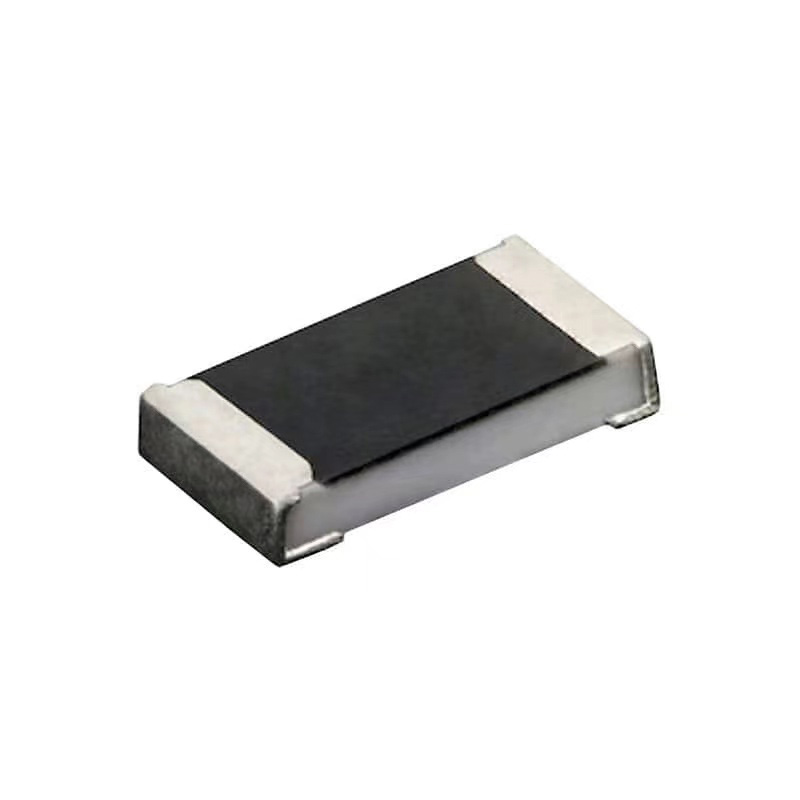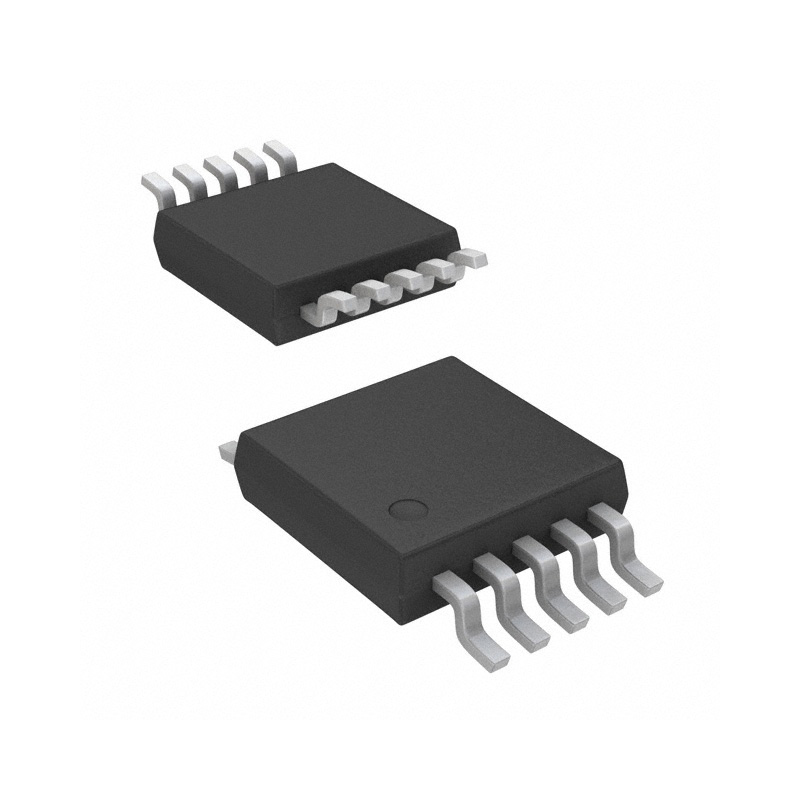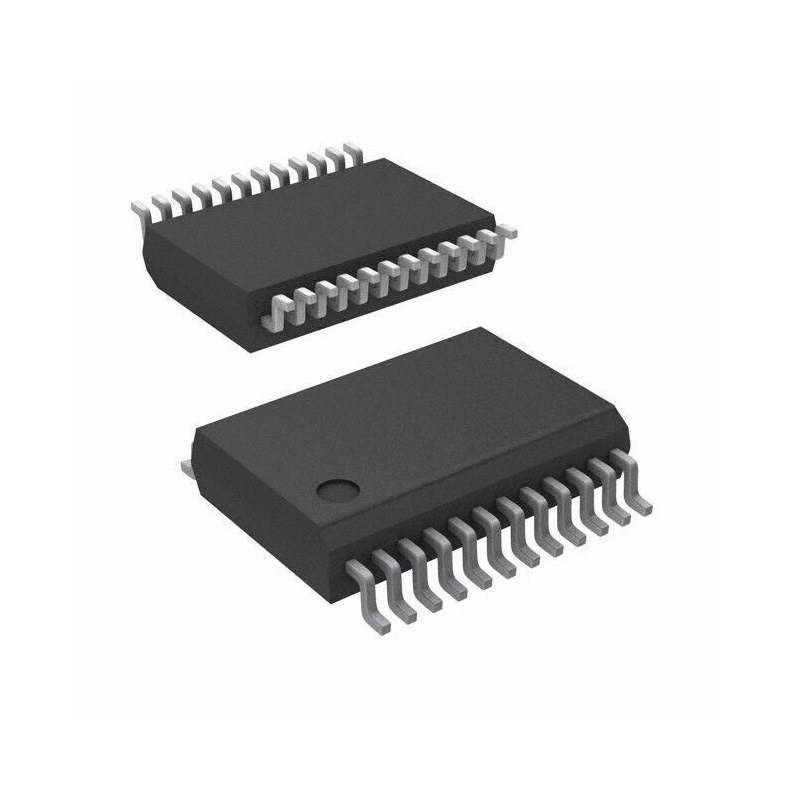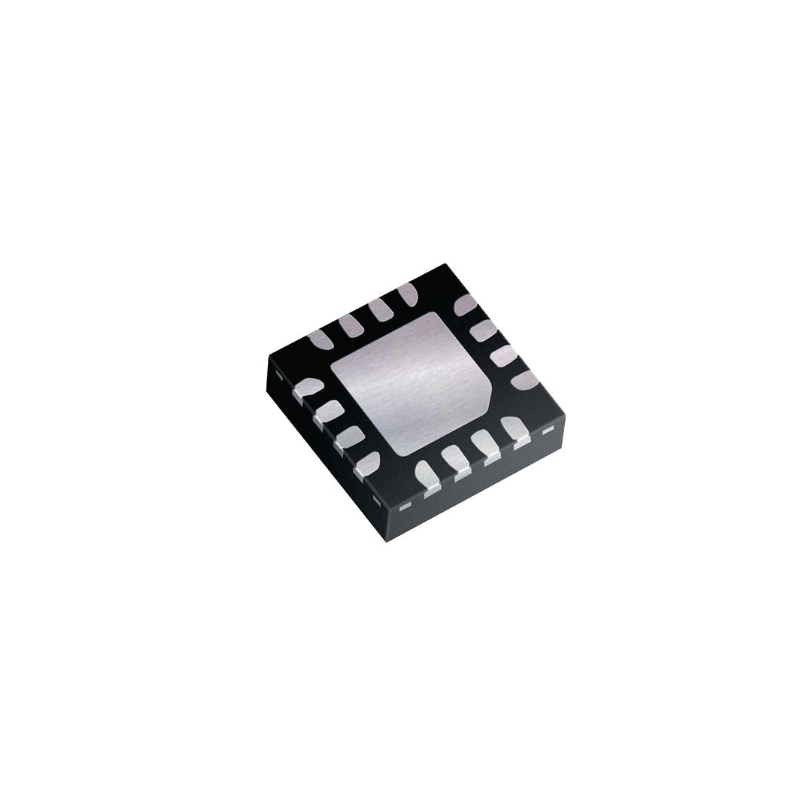74HC vs 74LS Series ICs
Update Time: Nov 16, 2023 Readership: 2425
Contents
The 74HC and 74LS series integrated circuits (ICs) are fundamental components in digital electronics, each offering distinct characteristics shaped by their underlying technologies. The 74HC series employs High-Speed CMOS technology, blending NMOS and PMOS transistors, while the 74LS series relies on Low-Power Schottky TTL technology with Schottky transistors for enhanced speed. Understanding the differences is crucial for engineers and electronics enthusiasts when designing circuits. In this article, we explore the key disparities, shedding light on the strengths associated with each series.
74LS Series
74LS series is characterized by its TTL technology, 5-volt operation, fast switching speeds, and the use of Schottky transistors. It has been a reliable choice for digital logic applications and is still used in various scenarios, especially where compatibility with existing systems is a consideration.
-
Bipolar-Transistor Based (TTL Technology)
The 74LS series is based on TTL (Transistor-Transistor Logic) technology. TTL uses bipolar junction transistors (BJTs) in its design. Each gate in the 74LS IC typically consists of several transistors, resistors, and diodes, providing a robust and well-established technology.
-
5-Volt Operation
The 74LS series operates on a 5-volt power supply. This voltage level is common in many digital systems, especially those designed around the TTL logic family.
-
15nS Switching Speed
The 74LS series is known for its relatively fast switching speeds, typically around 15 nanoseconds (15nS). This speed makes it suitable for a variety of digital applications where rapid signal processing is required.
-
8mA Sink Capacity
The 74LS series has a sink capacity of 8mA. This refers to its ability to sink current (provide a low output) when connected to a load. It indicates the maximum current that can be drawn from an output without causing a significant voltage drop.
-
Transistor to Transistor Logic (TTL)
TTL is a type of digital circuit design that uses transistors as the main building blocks. The 74LS series, being TTL-based, employs bipolar transistors for its logic gates. The use of Schottky transistors within TTL helps reduce the stored charge and enhances switching speeds.
-
Schottky Transistors for Faster Switching Speeds
Schottky transistors used in the 74LS series play a crucial role in improving the switching speed of the logic gates. The Schottky diodes associated with the transistors reduce the propagation delay, contributing to faster overall performance.
-
Default Open Inputs to HIGH in TTL
In TTL logic, when an input is left unconnected (floating), it tends to default to a HIGH logic level. This is a characteristic behavior of TTL circuits, including the 74LS series. It simplifies the design by providing a default state when an input is not actively driven to a specific logic level.
-
Legacy and Common Use
The 74LS series has been widely used in the past and has become somewhat of a legacy technology. While newer technologies like CMOS (e.g., 74HC) offer advantages in terms of power efficiency and noise immunity, the 74LS series is still relevant in certain applications, and many existing systems may still rely on it.
74HC Series
74HC series is characterized by its FET-based CMOS technology, operating on a wide voltage range, fast switching speeds, low power consumption, and improved noise margins. It is a versatile and modern choice for digital logic applications, offering several advantages over older technologies like TTL.
-
FET-Based (CMOS Technology)
The 74HC series is FET-based, utilizing CMOS (Complementary Metal-Oxide-Semiconductor) technology. CMOS technology combines both NMOS (n-type Metal-Oxide-Semiconductor) and PMOS (p-type Metal-Oxide-Semiconductor) transistors, providing advantages in terms of power consumption and noise immunity.
-
Operates on 2–6 Volts
The 74HC series is designed to operate within a voltage range of 2 to 6 volts. This flexibility in voltage levels allows for compatibility with a variety of systems and makes it suitable for applications with different power supply requirements.
-
15nS Switching Speed
Similar to the 74LS series, the 74HC series is known for its relatively fast switching speeds, typically around 15 nanoseconds (15nS). This speed is crucial for applications where rapid signal processing and low propagation delay are essential.
-
4mA Sink Capacity
The 74HC series has a sink capacity of 4mA. This indicates the maximum current the output can sink without experiencing a significant voltage drop. While not as high as the sink capacity of the 74LS series, it is sufficient for many digital applications.
-
Uses MOSFET Technology for Better Power Consumption
MOSFETs (Metal-Oxide-Semiconductor Field-Effect Transistors) are used in the 74HC series, contributing to its low power consumption. CMOS technology inherently consumes less power compared to bipolar-transistor-based technologies like TTL (used in the 74LS series).
-
Wider Voltage Compatibility
The 74HC series can operate with a wider variety of voltages compared to TTL. This feature enhances its versatility and makes it suitable for interfacing with different types of devices and systems.
-
Better Noise Margins
CMOS technology provides better noise margins compared to TTL. This means that the 74HC series is more robust in noisy environments, making it suitable for applications where signal integrity is crucial.
-
Improved Power Consumption Compared to TTL
One of the significant advantages of the 74HC series is its improved power consumption compared to TTL technologies like the 74LS series. This makes it more energy-efficient and well-suited for battery-powered devices and other applications where power efficiency is essential.
-
Modern Replacement for Older Technologies
The 74HC series is often considered a modern and better replacement for older TTL technologies such as the 74LS series. It combines speed, versatility, and energy efficiency, making it a preferred choice for many digital applications.
74HC vs 74LS: Key Differences
The 74HC series, based on CMOS technology, generally outperforms the 74LS series in terms of power consumption, noise immunity, and wider voltage compatibility, making it a preferred choice for various digital applications. The 74LS series, while faster, is somewhat more power-hungry and may be more susceptible to noise. The choice between the two depends on specific application requirements.
|
Category |
74HC Series |
74LS Series |
|
Technology |
High-Speed CMOS with NMOS and PMOS transistors. |
Low-Power Schottky TTL with Schottky transistors. |
|
Power Consumption |
Generally lower, suitable for battery-powered devices. |
Consumes more power, but faster switching. |
|
Speed |
Considered high-speed CMOS, faster than 74LS. |
Known for fast switching within the TTL family. |
|
Voltage Levels |
Compatible with TTL and CMOS, wider voltage range. |
Designed for TTL voltage levels. |
|
Noise Immunity |
Generally better noise immunity. |
Faster but may be more susceptible to noise. |
|
Temperature Range |
Typically wider operating temperature range. |
- |
|
Additional Info |
Similar transition speeds. 74HC is a better replacement for 74LS. 74HCT is a better match to 74LS logic in terms of input threshold. |
LS defaults open inputs to HIGH in TTL; HC may oscillate with open inputs. |
-
Technology
The 74HC series employs High-Speed CMOS technology, which integrates both NMOS (n-type Metal-Oxide-Semiconductor) and PMOS (p-type Metal-Oxide-Semiconductor) transistors. This technology is known for striking a balance between power efficiency and speed.
In contrast, the 74LS series relies on Low-Power Schottky TTL technology, utilizing Schottky transistors within the TTL framework. The inclusion of Schottky transistors enhances switching speeds, making it faster than standard TTL.
-
Power Consumption
The 74HC series generally demonstrates lower power consumption, making it particularly well-suited for applications with stringent power constraints, such as battery-powered devices.
While the 74LS series consumes more power compared to the 74HC series, it compensates with faster switching speeds, rendering it suitable for applications prioritizing speed over power efficiency.
-
Speed
Classified as high-speed CMOS, the 74HC series offers faster performance compared to the 74LS series. Although it may not match the speed of some advanced CMOS technologies, it strikes a balance between speed and power efficiency.
Known for relatively fast switching speeds within the TTL family, the 74LS series is suitable for applications where speed is a critical consideration.
-
Voltage Levels
The 74HC series is designed to be compatible with both TTL and CMOS voltage levels, providing versatility and a wider range of input voltage compatibility.
Specifically crafted to be compatible with TTL voltage levels, the 74LS series ensures seamless integration with other TTL devices.
-
Noise Immunity
The 74HC series generally exhibits superior noise immunity, making it suitable for applications in noisy environments where maintaining signal integrity is crucial.
While faster, the 74LS series may be more susceptible to noise compared to the 74HC series, potentially impacting its performance in noisy conditions.
-
Temperature Range
Typically boasting a wider operating temperature range, the 74HC series proves to be more resilient to temperature variations, rendering it suitable for a broader range of environmental conditions.
The 74LS series may have a narrower temperature range compared to the 74HC series, which could limit its performance in extreme temperature conditions.
Additional Information:
Both series have similar transition speeds, with prop delays for 74HC around 18 nsec and for 74LS around 15 nsec.
LS series are TTL, defaulting open inputs to HIGH, whereas HC are CMOS and may oscillate or exhibit unpredictable behavior with open inputs.
74HC can be considered a better replacement for 74LS in many cases, offering improved power consumption and characteristics.
74HCT is a better match to existing 74LS logic in terms of input threshold.
Final Words
The 74HC series, with its High-Speed CMOS technology, excels in providing a balance between power efficiency and speed, making it well-suited for a wide range of applications, especially those with lower power constraints. On the other hand, the 74LS series, leveraging Low-Power Schottky TTL technology, stands out for its faster switching speeds, making it suitable for scenarios prioritizing speed over power efficiency. You need to carefully weigh these factors, to make informed decisions when selecting the appropriate IC series for your projects.
Read More:
https://www.ovaga.com/blog/transistor/74hc164-vs-74hc595
https://www.ovaga.com/products/detail/74hc164
Extended Reading
 FAQ
FAQ
-
What is the difference between 74HC and 74HCT?
The primary difference is in the input circuitry, specifically the threshold levels. 74HC uses CMOS input thresholds. 74HCT retains CMOS output but incorporates input thresholds compatible with TTL levels. This difference in input characteristics makes 74HCT particularly useful in applications where seamless integration with TTL logic levels is essential. It allows for easier interfacing between devices from different logic families, enhancing the overall compatibility and versatility of the 74HCT series.
-
How many logic gates are there in 74LS00?
Four.
-
How many logic gates are integrated in 74HC00?
Four.
-
What is LS and HC in IC?
HC and LS represent different generations of IC technologies, each with its advantages and trade-offs. HC is based on CMOS technology, offering high speed and a broad voltage range. LS is based on Schottky TTL technology, providing lower power consumption but not as high speed as HC. Incompatibility in threshold voltages between CMOS and bipolar (TTL) technologies was a historical consideration, but modern variations like 74HCT have been developed to bridge this gap.
-
What is the difference between 74LS00 and 74HC00?
The 74LS00 is part of the Low-Power Schottky TTL (Transistor-Transistor Logic) family. It supports a voltage range of 5V. The inputs and outputs operate at TTL voltage levels. The 74HC00 is part of the High-Speed CMOS (Complementary Metal-Oxide-Semiconductor) family. It has a wider voltage range, supporting voltages from 2V to 6V. This broader range makes it more versatile in terms of interfacing with different systems.
-
Can 74HC replace 74LS?
Yes, the 74HC series can generally replace the 74LS series, offering some advantages in terms of lower power consumption and improved characteristics. While the 74HC series can replace the 74LS series, it's important to note that the output driver type in CMOS (Complementary Metal-Oxide-Semiconductor) ICs like 74HC is push-pull. This is different from the open-collector outputs in the 74LS series. When replacing 74LS with 74HC, it's crucial to include series resistors to limit the LED current, especially if LEDs are connected directly to the outputs. In summary, while the 74HC series can replace the 74LS series, attention must be paid to differences in output driver type, and additional components such as series resistors may be needed to ensure proper functionality in specific applications.
-
Is 74HC compatible with 74LS?
Yes, the compatibility between 74HC and 74LS series ICs is nuanced. In general, you can drive 74LS with 74HC, but not the other way around. Additionally, the 74HCT series and 74LS series are compatible in both directions. Furthermore, both 74HC and 74HCT series ICs are compatible with 74LS, but it's essential to be mindful of fanout limitations in all cases.
74HC164 8-Bit, Edge-triggered Shift Register Auf Lager: Stck
Beliebte Blogs
-
![PCA9617ADPJ Datasheet | NXP Semiconductors]()
PCA9617ADPJ Datashee...
The PCA9617ADPJ is a signal buffer and repeater ...
-
![D882 Transistor Pinout, Equivalent, Uses and Datasheet]()
D882 Transistor Pino...
The D882 transistor is a commonly used NPN bipol...
-
![C1815 Transistor Datasheet, Pinout, Equivalent, Voltage, Circuit and Uses]()
C1815 Transistor Dat...
The C1815 is a general purpose NPN transistor us...
-
![C945 Transistor Datasheet, Pinout, Equivalent and Uses]()
C945 Transistor Data...
The C945 transistor is a small, low-power NPN bi...



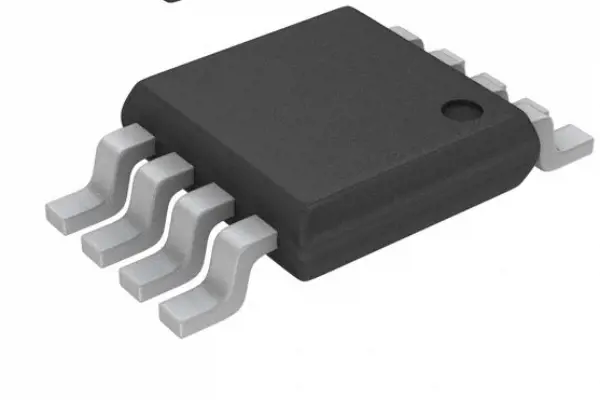
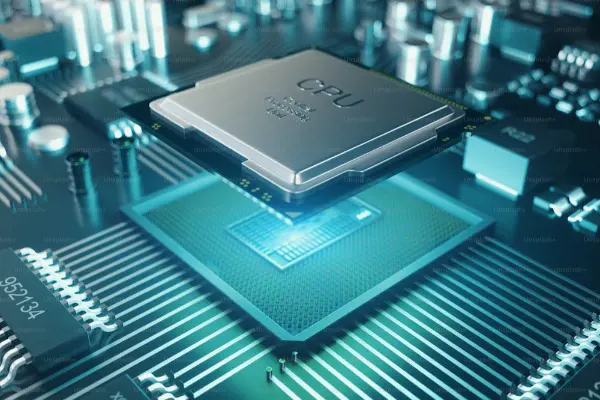

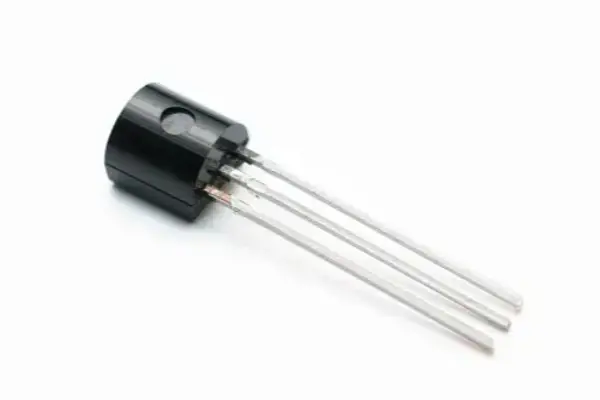

















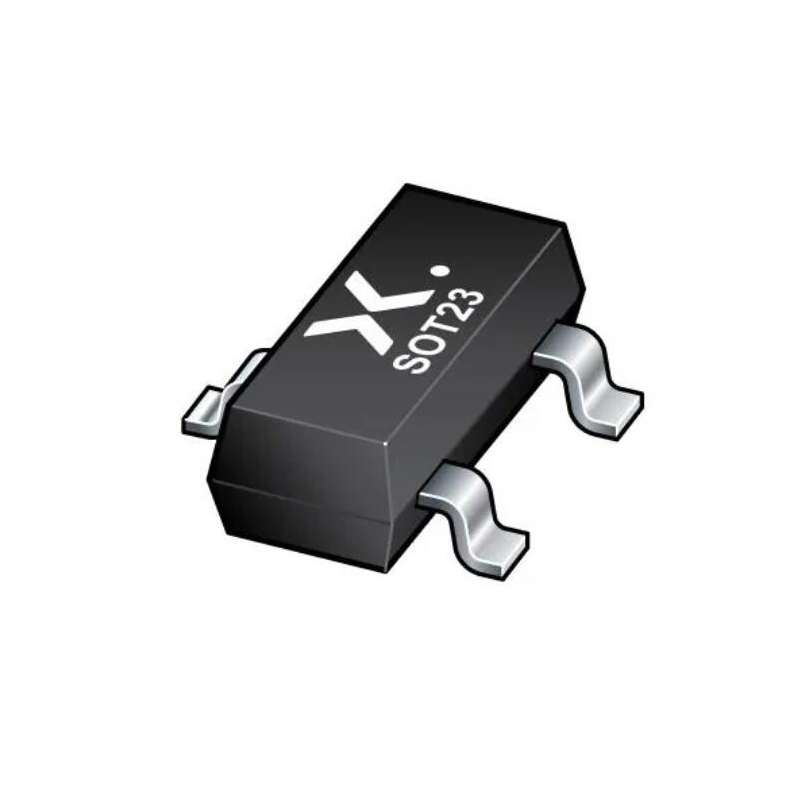
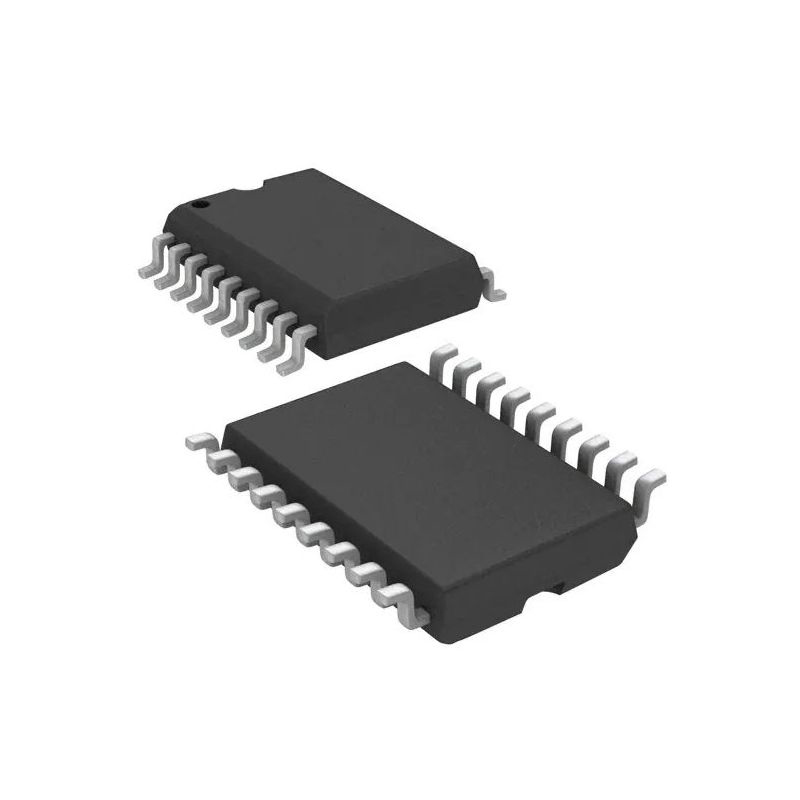



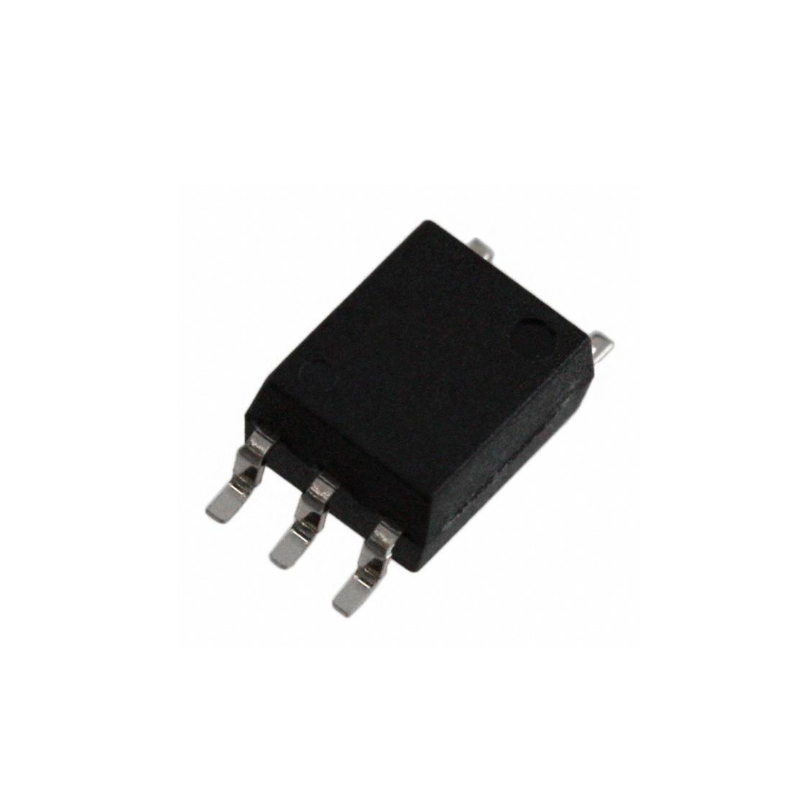
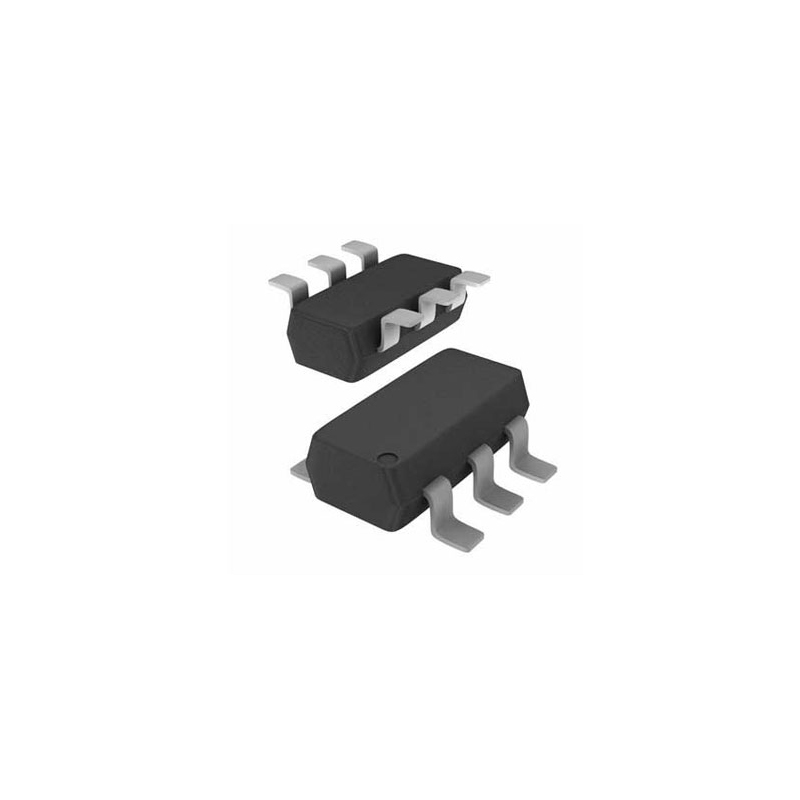

.jpg)
